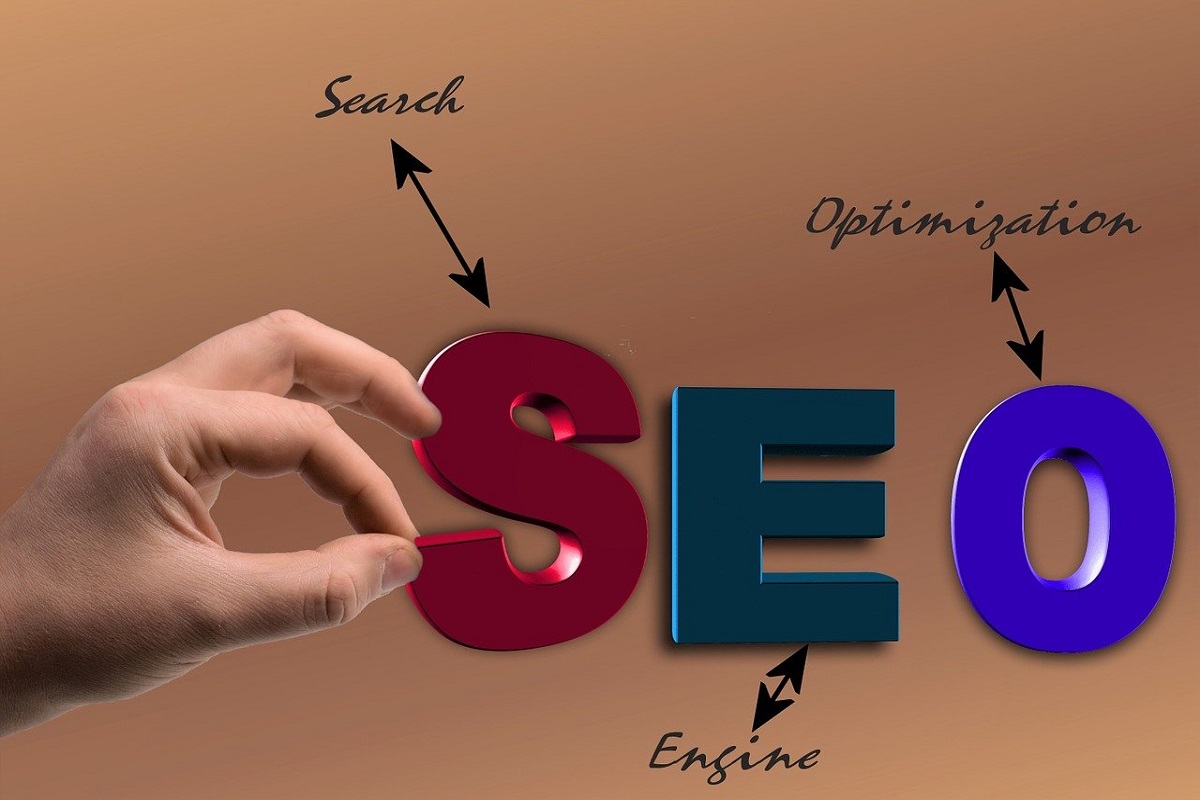he SEO Slow Burn: Why Agencies Focus on Compounding Signals, Not Quick Wins
Introduction: Why Most SEO Strategies Fail in 2025
In 2025, many businesses still chase quick SEO wins—ranking for a single keyword, getting a short-term backlink boost, or pushing a viral blog post. Yet most of these strategies fail because search engines, now powered by AI, prioritise compounding, trustworthy signals over one-off tactics.
The SEO slow burn approach is what elite agencies rely on. Instead of instant gratification, they focus on building cumulative signals over time, such as strong E-E-A-T, semantic authority, user engagement metrics, and structured AI-friendly content. This approach ensures sustainable rankings, higher conversions, and algorithm-proof growth.
This article explores outdated strategies that still fail, how AEO is reshaping search, frameworks elite agencies use, examples with statistics, actionable steps, and the ultimate SEO Reset.
Why Most SEO Strategies Fail in 2025
1. Chasing Quick Wins Instead of Sustainable Signals
Businesses often target single high-volume keywords, hoping for immediate traffic spikes. AI-driven search engines now evaluate holistic trustworthiness, relevance, and user engagement, so pages optimised for short-term gains often drop once algorithms update.
2. Ignoring Compounding Behavioural Metrics
Click-through rate (CTR), dwell time, scroll depth, and interaction patterns accumulate over time. Focusing only on keyword rank ignores these compounding behavioural signals that AI engines heavily weigh.
3. Neglecting Semantic & Entity Authority
Content that is keyword-dense but lacks semantic depth and entity relevance fails to answer comprehensive queries. AI prioritises pages that cover topics fully with authoritative context.
4. Overlooking E-E-A-T
Expertise, Experience, Authoritativeness, and Trustworthiness remain central. Quick-win strategies often skip verified authors, citations, and trust signals, hurting long-term ranking potential.
5. Technical & UX Oversights
Fast wins rarely account for mobile-first design, page speed, schema, or UX. These foundational issues compound negative effects over time, suppressing visibility despite tactical optimisation.
Outdated SEO Methods Businesses Still Use
Many marketers persist with techniques that no longer deliver results:
- Keyword stuffing and meta over-optimisation – reduces readability and user satisfaction.
- Low-value backlinks – temporary boosts fail under AI scrutiny.
- Thin content – fails semantic and intent-based evaluation.
- Ignoring structured data and schema – prevents AI snippet capture.
- Neglecting user behaviour metrics – dwell time, CTR, and engagement now dictate compounding authority.
These tactics may generate short-term visibility but cannot create algorithm-proof growth.
AEO Insights: How AI and Answer Engines Are Changing Ranking
Answer Engine Optimisation (AEO) ensures content aligns with AI-first search evaluation, focusing on clarity, relevance, and user satisfaction.
Core AEO Principles for Compounding Growth
- Answerability – Direct answers outperform general content.
- Semantic Relevance – Cover subtopics and related entities comprehensively.
- Entity Authority – Verified authors and credible sources build trust.
- Zero-Click Optimisation – Featured snippets, People Also Ask, and knowledge panels dominate attention.
- Behavioural Signals – AI monitors CTR, dwell time, scroll depth, and interactions.
AEO-driven content builds compounding authority while maintaining user engagement and conversion potential.
Modern SEO Frameworks Elite Agencies Use
Top agencies combine technical, semantic, and behavioural strategies to generate compounding signals.
1. Technical SEO Foundation
Before content creation, agencies ensure:
- Mobile-first responsive design
- Fast page load speeds
- Structured schema for AI snippet extraction
- Secure hosting with SSL
Technical excellence ensures long-term algorithm compliance.
2. Semantic & Entity Mapping
Agencies map content around entities, topics, and clusters:
- Identify primary transactional and informational queries
- Build semantic clusters for authority
- Link related content internally to reinforce signals
- PR and brand mentions increase topical credibility
Semantic mapping ensures AI engines extract answers accurately.
3. AI-Assisted Content Creation
AI assists in creating structured, engaging, and conversion-ready content:
- Headlines and CTAs optimised for both AI and humans
- FAQ blocks structured for featured snippets
- Bullet points and summaries for readability
- Semantic keyword integration without stuffing
Humans maintain brand voice, storytelling, and persuasion.
4. Behavioural & UX Optimisation
Engagement metrics influence compounding authority:
- Optimise CTA placement and visibility
- Add interactive elements for dwell time
- Reduce bounce with intuitive navigation
- Monitor scroll depth for content refinement
Behavioural optimisation ensures AI algorithms reward sustained performance.

5. E-E-A-T Strengthening
High-quality pages rely on Expertise, Experience, Authoritativeness, and Trustworthiness:
- Verified author bios and professional experience
- Accurate references and authoritative citations
- Social proof, testimonials, and reviews
E-E-A-T provides long-term compounding trust signals.
6. AI-Friendly Structured Answer Blocks
Agencies structure content for zero-click visibility:
- FAQs for snippet capture
- Step-by-step instructions for clarity
- Short actionable summaries
This ensures engagement, AI extraction, and revenue grow over time.
Realistic Examples and Statistics
- Example 1: A SaaS brand applied the slow burn method, building semantic clusters and structured content, and saw 60% more organic leads over six months, even before ranking for all target keywords.
- Example 2: An e-commerce company focused on behavioural signals and E-E-A-T, increasing dwell time by 45%, resulting in higher zero-click conversions.
- Statistic: BrightEdge 2025 reports 72% of top-performing pages rely on compounding signals rather than short-term optimisation.
- Expert Insight: SEO strategist Laura Kim states: “Quick-win SEO is a trap. Compounding signals—trust, behaviour, semantic authority—are the true long-term drivers.”
Actionable Steps to Apply the SEO Slow Burn
- Conduct Technical & UX Audit: Identify slow pages, mobile issues, and navigation gaps.
- Map Semantic Clusters: Align content with transactional and informational queries.
- Build AI-Friendly Answer Blocks: Use structured FAQs, summaries, and step-by-step instructions.
- Strengthen E-E-A-T Signals: Verified authors, references, and testimonials.
- Optimise Behavioural Metrics: Track CTR, dwell time, scroll depth, and engagement.
- Focus on Quality Links: Obtain authoritative backlinks over time.
- Iterate and Test: Refine headlines, CTAs, and UX elements continuously.
Implementing these steps ensures long-term algorithm-proof performance, revenue, and sustainable growth.
Conclusion: The SEO Reset Approach
The SEO slow burn emphasises long-term compounding signals over quick wins. By integrating semantic depth, AI-friendly content, behavioural optimisation, and E-E-A-T reinforcement, top agencies achieve sustainable rankings, higher engagement, and conversions.
The SEO Reset encourages businesses to shift from short-term tactics to strategy-driven, algorithm-proof growth, ensuring websites generate value and authority consistently.
FAQs
1. What is the SEO slow burn strategy?
The SEO slow burn strategy focuses on building compounding signals like E-E-A-T, behavioural metrics, semantic authority, and structured content over time. Instead of chasing short-term keyword wins, it prioritises sustainable rankings, higher engagement, and consistent conversion growth across AI-driven and traditional search engines.
2. Why do quick-win SEO strategies fail today?
Quick-win strategies often target one-off keywords, low-quality backlinks, or thin content. AI-powered engines prioritise user engagement, semantic relevance, entity authority, and trust, meaning short-term tactics fail to deliver sustainable traffic, zero-click visibility, and long-term conversions.
3. How does AEO support compounding signals?
Answer Engine Optimisation ensures content is structured, answerable, and contextually relevant for AI search. Optimised pages capture featured snippets, People Also Ask, and zero-click traffic, building compounding engagement and trust signals that drive long-term performance and revenue.
4. What frameworks do top agencies use for slow burn SEO?
Top agencies combine technical SEO, semantic mapping, AI-assisted content, behavioural optimisation, and E-E-A-T reinforcement. This hybrid approach ensures pages accumulate authority, satisfy user intent, convert traffic, and maintain algorithm-proof rankings over time.
5. How can businesses implement the SEO slow burn immediately?
Start with a technical and UX audit, map semantic clusters, create AI-friendly answer blocks, strengthen E-E-A-T signals, optimise CTAs, and monitor behavioural metrics. Continuous testing and iteration ensure content builds cumulative signals that generate sustainable traffic and conversions.



